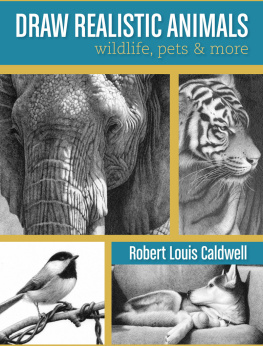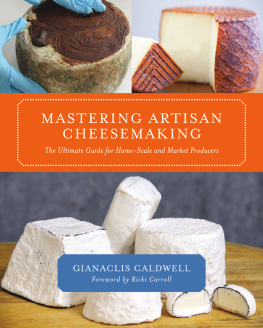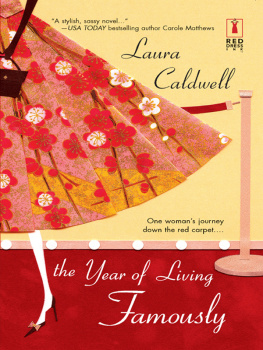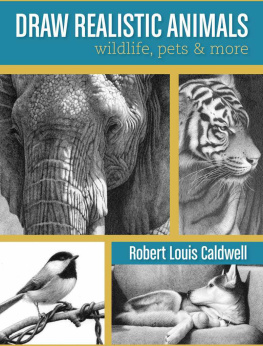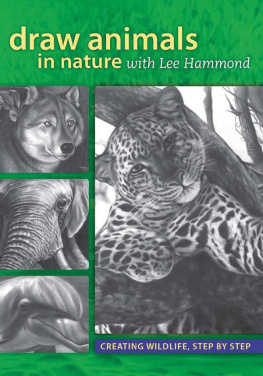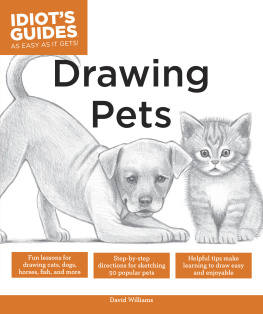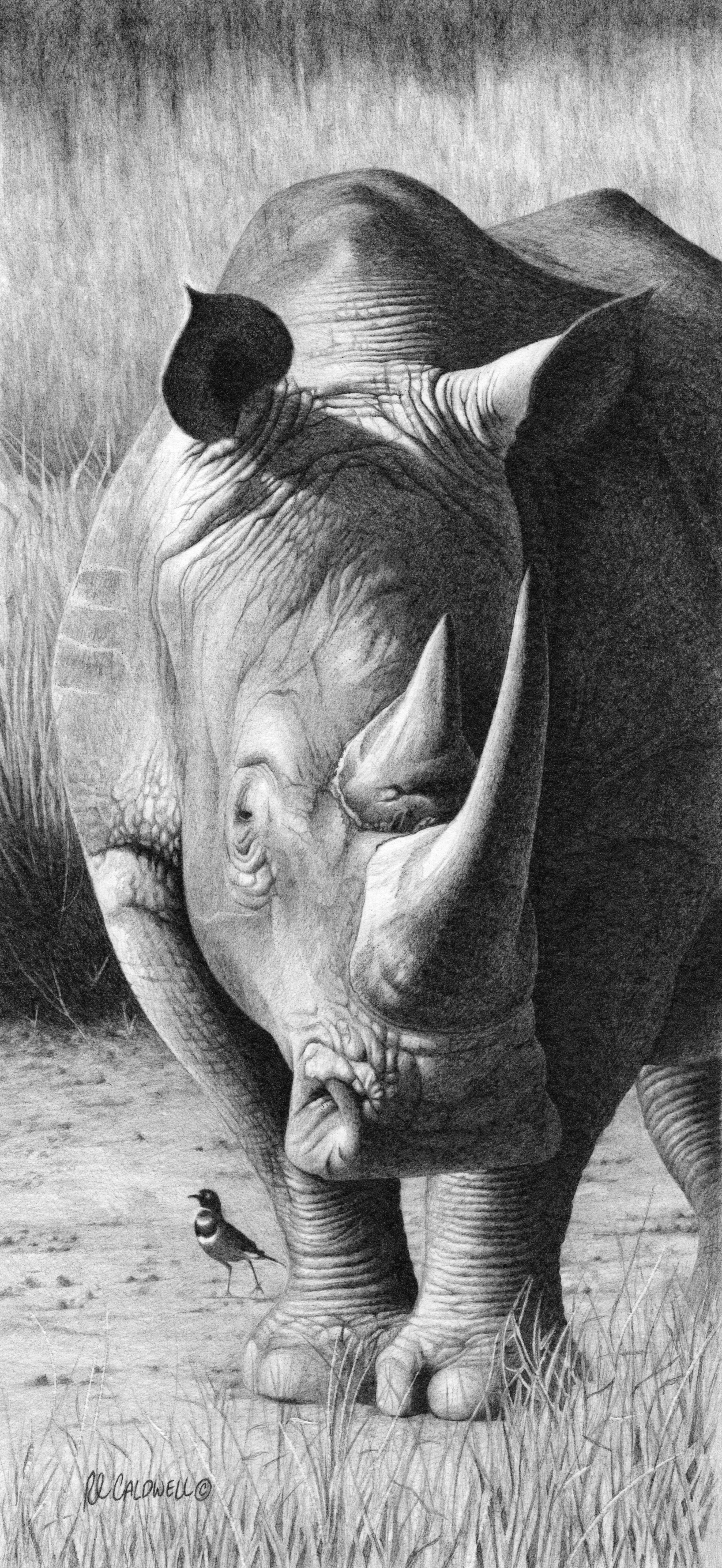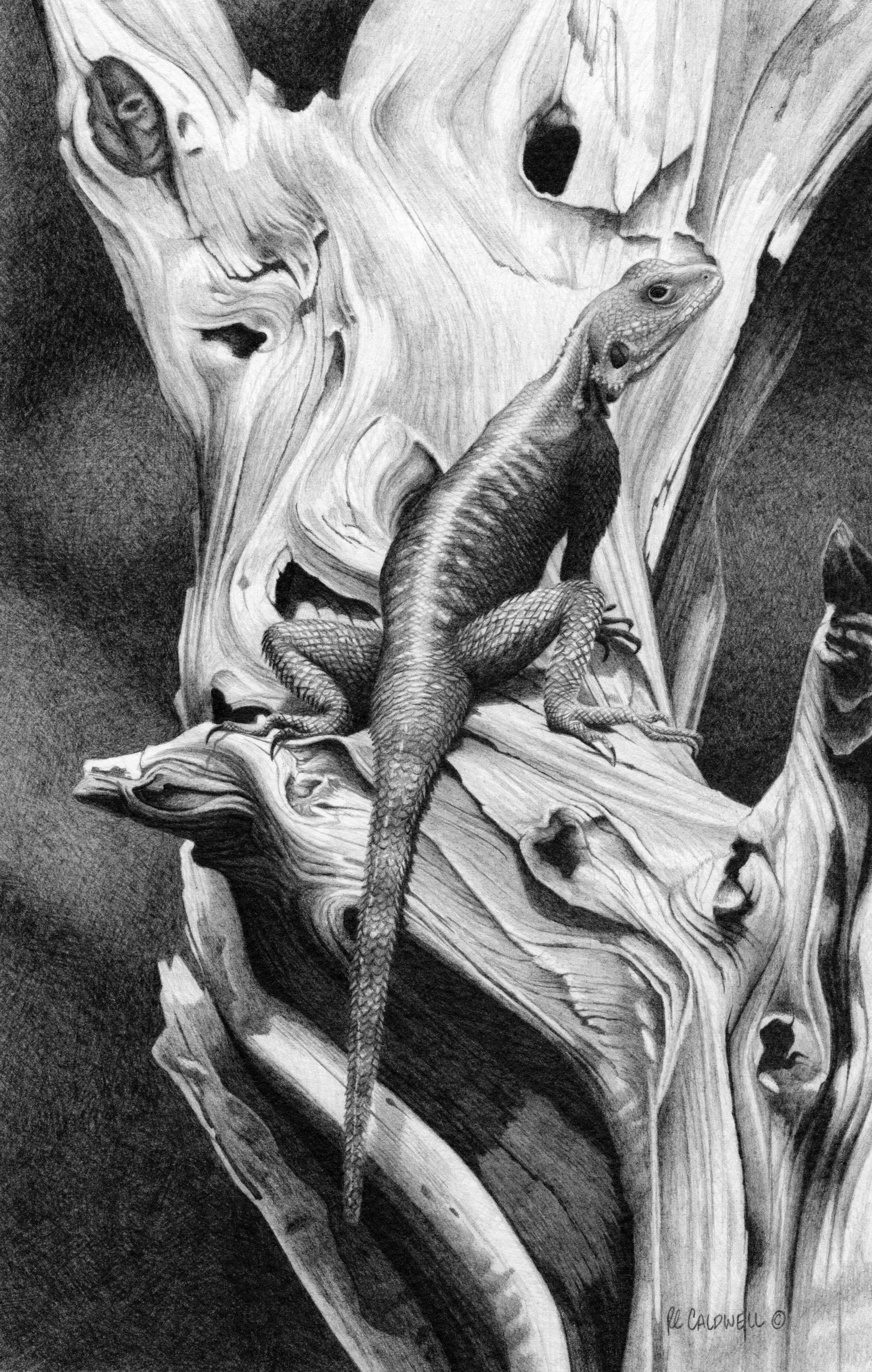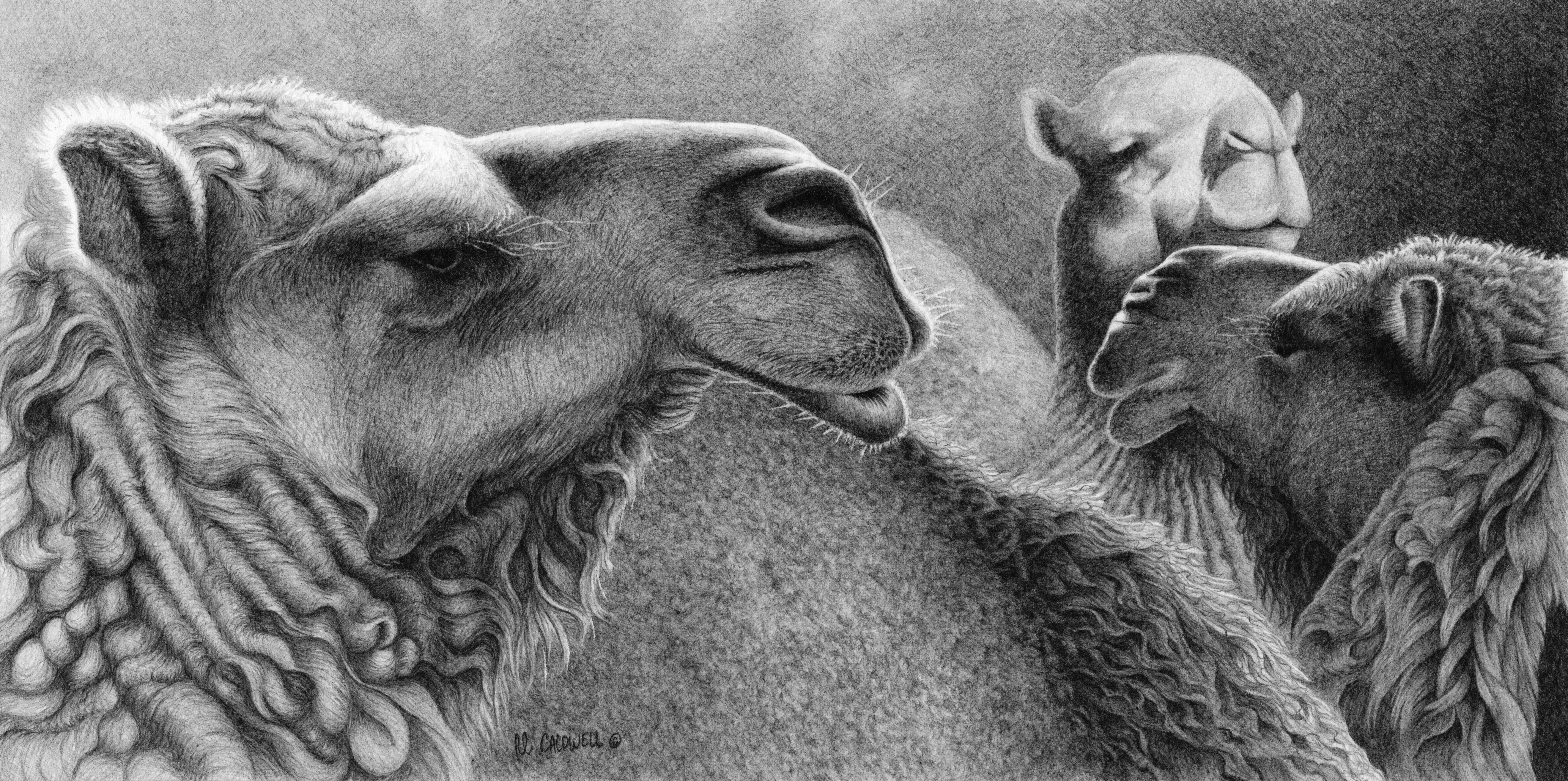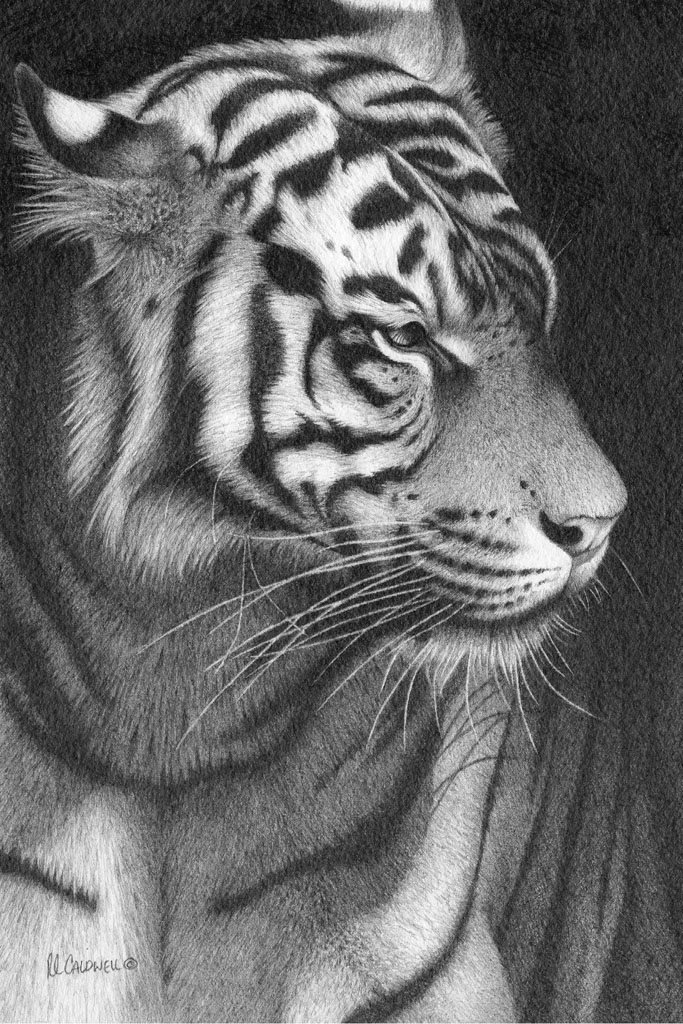Thank you for purchasing this Artist Network eBook.
Sign up for our newsletter and receive special offers, access to free content, and information on the latest new releases and must-have art resources! Plus, receive a coupon code to use on your first purchase from NorthLightShop.com for signing up.
or visit us online to sign up at
http://artistsnetwork.com/ebook-promo
Contents:
What You Need
Surface
- Arches #300 (640gsm) cold-pressed watercolor paper
Graphite
- 4H, 2H, HB, 2B, 4B and 6B pencils
Other
- craft knife
- kneaded eraser
- pencil sharpener
Foreword
BY TERRY MILLER
A drawing is simply a line going for a walk. That quote by Expressionist artist Paul Klee has hovered above my drawing board and acted as a mantra during the two and a half decades that I have been a professional artist. Depicting animals and their world is one of my favorite subjects and, as the 2013 recipient of the Woodson Art Museums Master Wildlife Artist medallion in recognition of my many years of work in graphite, I am pleased to offer a review of this book on drawing animals.
I first met Robert Louis Caldwell six years ago at the opening of the Woodson Art Museums internationally acclaimed annual exhibition, Birds in Art, in which his work had been selected for inclusion. Shortly thereafter, we began an ongoing conversation about art, drawing, the medium of graphite and developing well-balanced compositions that continues to this day.
During the past few years, weve both been honored by having our graphite works included in North Light Books ongoing series, Strokes of Genius: The Best of Drawing, and have taken every opportunity to expound upon the virtues of good drawing technique, as well as offering mentorship to young artists.
Good drawing technique certainly begins with the basics; there is no benefit to sidestepping them. If you wish to develop an innate or burgeoning talent, then the detailed and well-defined steps and ideas that Robert provides in the following pages can offer an informed path of guidance.
Any professional must be acquainted with the tools of his or her trade, so an introductory discussion on drawing materials and supplies lays a solid foundation for what follows. Further discussion on the use of elements like value, line, shape and form, linked with making the best use of reference material, adds yet another layer to the basic framework needed for more detailed aspects of drawing preparation covered in the second part of the book.
Robert details the technique of layering to build up darks and develop dimension and depth in a drawing and, closing out the first part of the book, he touches on what I feel is of most importance in structuring a fine drawing: the well-established principles of compositional design. He discusses these principles including ideas such as contrast, movement and rhythm, and applies them to initial studies and sketches before moving them into more finalized contour drawings. He also shows how to prepare to start work on a finished drawing.
The second part of the book is devoted to a number of full step-by-step drawing demonstrations. The text accompanying the images of his works in progress is very detailed and offers thorough technique-based instruction. I was especially taken with his Hekima (African Elephant) piece. Like myself, Robert has spent time in Africa, and his love for that particular subject really shows through.
Many lines take many walks throughout the pages of this book. Once set upon the path that those lines take, you should come away from this easy-to-follow resource with a clearer understanding of how, following Roberts informative text and examples, you too can draw realistic animals.
Terry Miller
Takoma Park, Maryland
November, 2013
About Terry Miller
Terry Miller is a renowned graphite artist. His work has garnered major awards and has toured internationally in such reputed exhibitions as Birds in Art, and the Society of Animal Artists annual members exhibition, Art and the Animal.
Terry also served as Artist in Residence at the Blauvelt Art Museum outside New York City for two years. His residency culminated with the well-received exhibition, Kalahari to Kilimanjaro, in which his works on an African theme were spotlighted.
In 2013, the Woodson Art Museum in Wisconsin honored Terry by naming him as their 33rd Master Wildlife Artist. His works have also been included in volumes 2 through 5 of the North Light Books series, Strokes of Genius: The Best of Drawing.
Visit terrymillerstudio.com to learn more about Terry Miller.
(Whiskers) Sumatran Tiger
Graphite on Arches #300 (640gsm) cold-pressed watercolor paper 9 6 (23cm 15cm)
Introduction
Drawing is my passion. I believe drawing is the foundation of all good art. To be able to capture a subject using just an array of values is a powerful thing. At the start, there is nothing but a blank flat surface and a pencil creating lines. The lines create shapes, the shapes create forms, and values describe the formsall this on a two-dimensional surface creating a three-dimensional image.
Choosing wildlife as the focus for my work seemed to be the most natural selection for me. Since I was a young boy, I loved being outside and watching the living world, taking in all that happens around me. Boy Scouts really fueled my interest in the outdoors. At least once a month I was out in the woods camping, hiking or canoeing. To this day, I still love being out in a tent on the side of a mountain.
Over the years, I have taken my passion for drawing and my love of animals and created a style of drawing that works for me and gives the same results that I desire every time. I will tell you right up frontit takes patience to get this level of finish in your drawing, but the reward is worth it.
This book will show you how to create the animal drawings that are my subject matter of choice, but this technique of layering graphite to create a continuous tone is universal to any subject matter you may choose. There are no tricks. It simply comes down to soft and hard edges, shift of values and how fast they shift, the length of a pencil line, and whether that pencil line should be visible.

